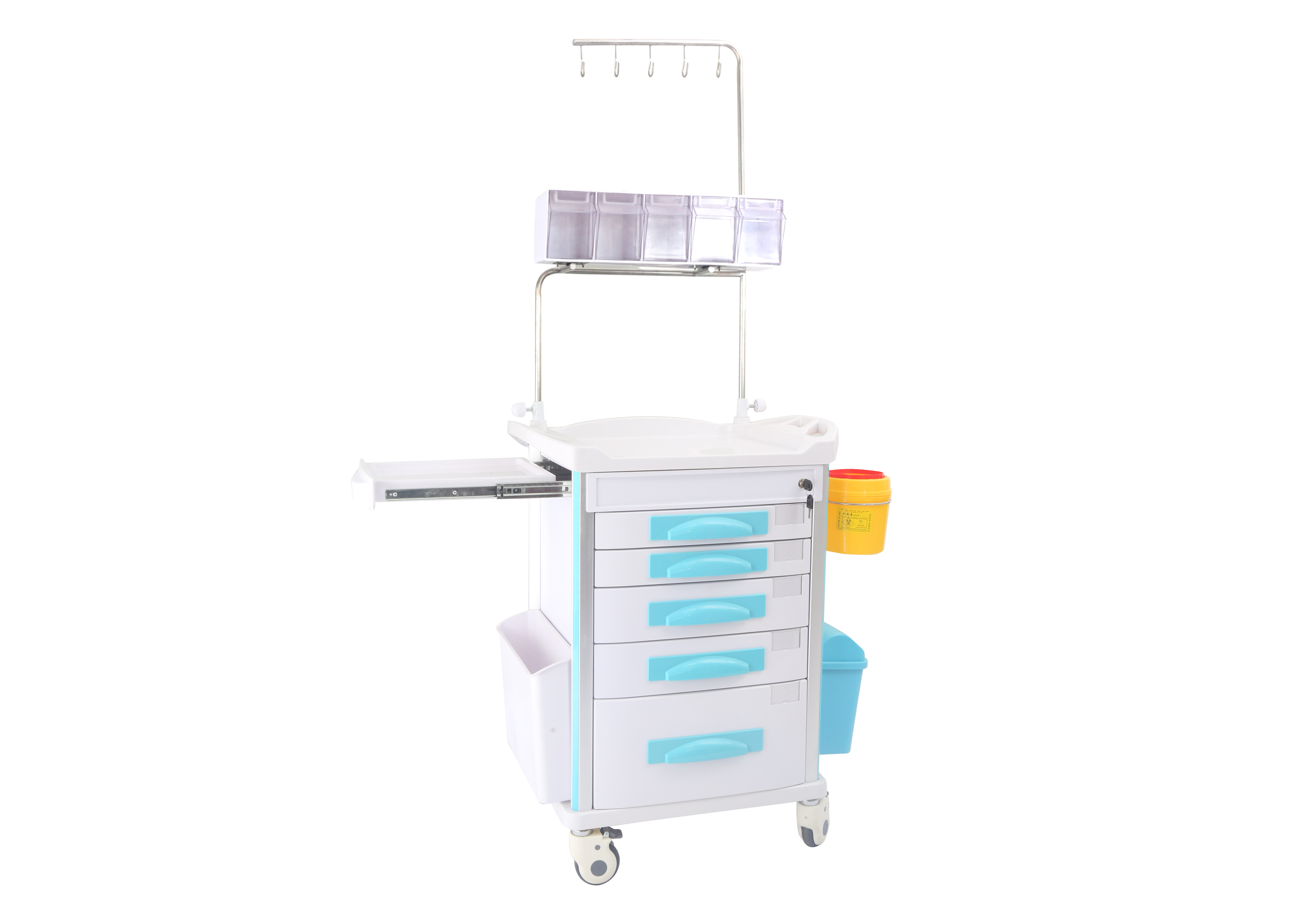Welcome to our websites!
hospital bed type
Understanding Hospital Bed Types A Comprehensive Overview
Hospital beds play a crucial role in patient care within healthcare facilities, serving as more than just a place for patients to rest. They are equipped with various features designed to enhance patient comfort, optimize nursing workflows, and facilitate effective medical treatment. This article delves into the different types of hospital beds, highlighting their unique attributes and functions.
1. Standard Hospital Beds
Standard hospital beds are the most commonly used types in medical facilities. These beds typically have adjustable head and foot sections, allowing for easy positioning of patients. They provide essential functions such as raising or lowering the bed height to assist nurses in providing care and to allow easier access for patients getting in and out of bed. Standard beds usually come with side rails for safety to prevent falls.
2. Electric Hospital Beds
Electric hospital beds take the standard model a step further by incorporating electric controls for height adjustment and positioning. This feature allows both patients and caregivers to adjust the bed with minimal effort, significantly enhancing comfort for individuals with limited mobility. Electric beds can be helpful for patients with specific medical conditions, as they can be adjusted to alleviate pressure points and improve circulation.
3
. Semi-Electric Bedshospital bed type

Semi-electric beds combine manual and electric functions. While the head and foot positions can be adjusted electrically, the bed height is controlled manually. These beds are a cost-effective option for facilities that want the benefits of adjustable positioning without the full price of an electric bed. Semi-electric beds are often used in rehabilitation centers and long-term care facilities.
4. Low Beds
Low beds are designed to accommodate patients at risk of falling out of bed, particularly the elderly or those with cognitive impairments. These beds sit lower to the ground than standard models, minimizing the potential injury from falls. With adjustable height functions, caregivers can align the bed level with their wheelchairs or walkers for easier transfers.
5. Bariatric Beds
Bariatric beds cater to larger patients, typically supporting weights from 350 to over 1,000 pounds, depending on the model. These beds are wider, sturdier, and usually have reinforced frames. Safety features such as heavier side rails and wider mattresses ensure that patients receive safe and comfortable care.
Conclusion
The diverse range of hospital bed types reflects the unique needs of patients and healthcare providers. By understanding these differences, healthcare facilities can make informed decisions regarding bed selection, thereby enhancing patient comfort, safety, and overall care quality. As medical technology continues to advance, the evolution of hospital bed designs will likely lead to even more innovative solutions tailored to patient needs.
-
Transforming Healthcare with Hospital FurnitureNewsJun.24,2025
-
Rehabilitation EquipmentNewsJun.24,2025
-
Mobility and Independence with WheelchairsNewsJun.24,2025
-
Freedom of Mobility with Our Rollator WalkersNewsJun.24,2025
-
Comfort and Independence with Commode ChairsNewsJun.24,2025
-
Bathing Safety and Independence with Shower ChairsNewsJun.24,2025
-
Navigating the Wholesale Landscape of Electric Mobility Solutions: Key Considerations for Power Wheelchair DealersNewsJun.10,2025











